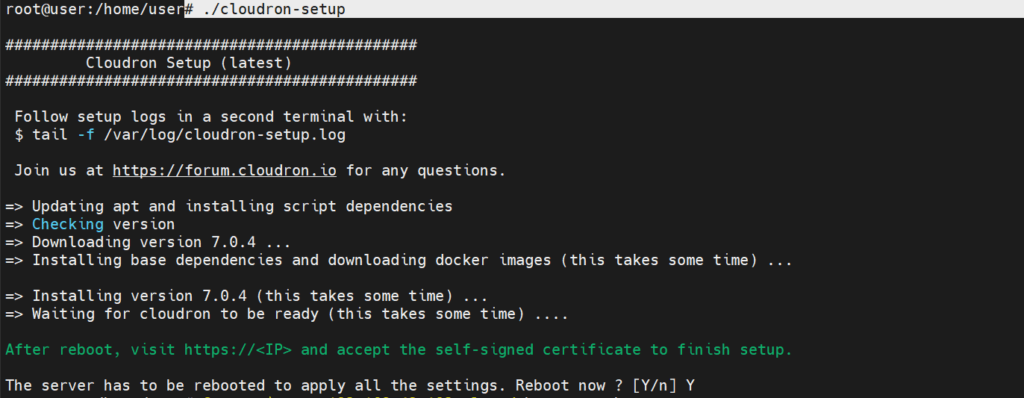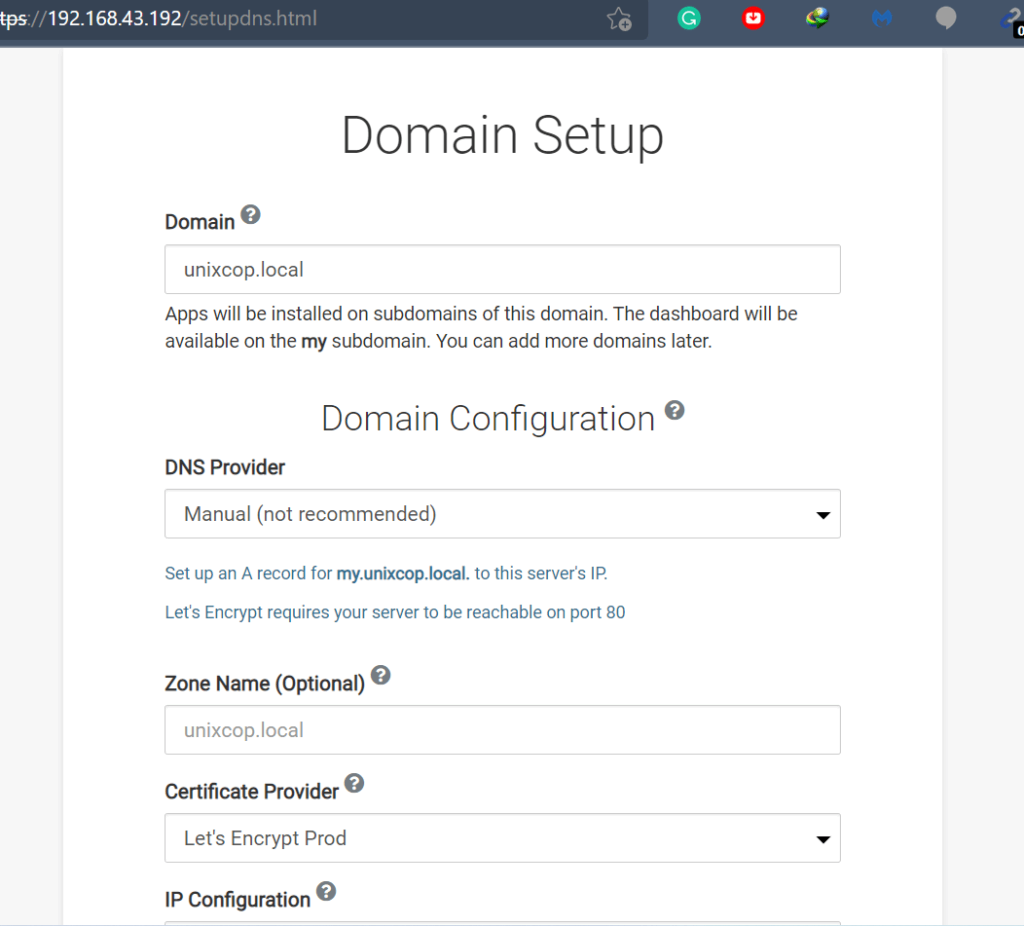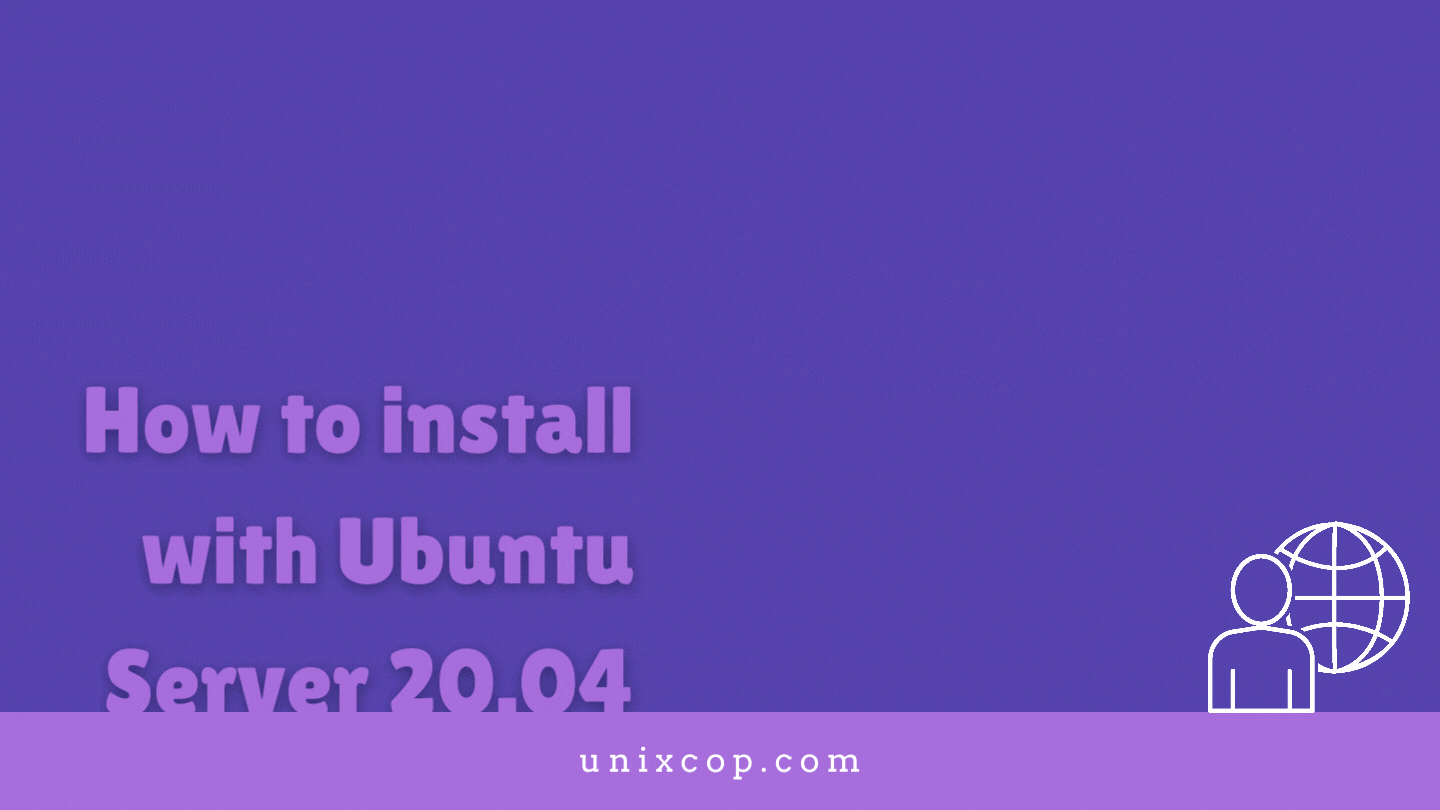Welcome again! Today we will see how to install Cloudron with Ubuntu 20.04 Server (Headless). This turn-key solution lets you run apps such as WordPress, Rocket.Chat, GitLab, OpenVPN, and many more. App deployment services provided by this server include provisioning databases, automated DNS setup, certificate management, centralized user management, and periodic backups. The out of the box hosting server is an ideal solution for modern days application deployment and management. Applications like WordPress, rocket chat, and the next cloud can be installed quickly. Here, in our example, we will be using Ubuntu headless server for better performance. Let’s go through the features first.
Key Features
Regular updates
The server is provided to keep hassle-free hosting all the time. Very stable platform to rely upon.
Self-managed
Self-hosting apps are a time-consuming thing to manage and keep error-free. The hosting takes care of services by default.
Disaster management
External backups are supported. Services like Google Cloud Storage, Amazon S3, and Digital ocean space are supported as an integrated part.
Effective user management
Users can be invited to provide access based on the application rights. Applications can be found by users easily.
Portable hosting service
It’s possible to move your entire server along with applications to another cloud easily.
Installation
Have a look, at what IP address I have.

Install package.
# wget https://cloudron.io/cloudron-setup
Change permission to make the file executable.
chmod +x cloudron-setup
Execute the script.
# ./cloudron-setup

After the scrip installs are over, reboot server. Browse IP address.

You can define your services and manage things.
Define your things per your need and configure settings. As we are working in a testing environment settings seems to work under real-time network and domain settings only. Which will not be possible in our case.
You Can define your settings with any test domain first, later data can be migrated at the fullest. Stay tuned till the next article.



